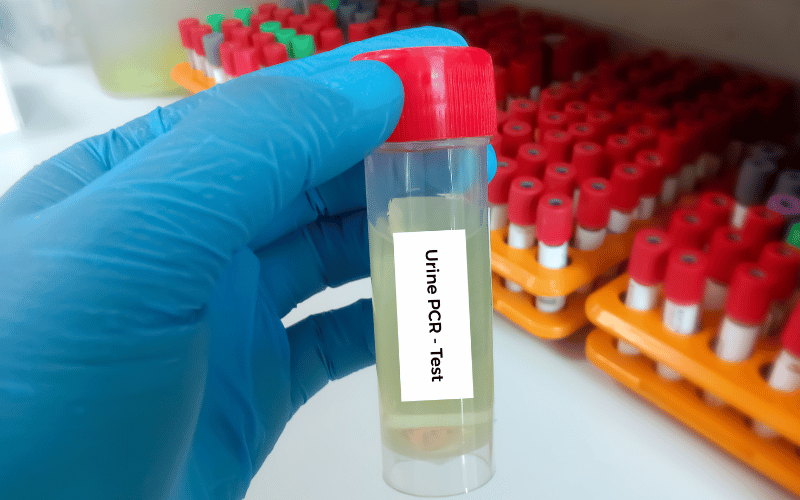5. Protein-to-Creatinine Ratio: A Numeric Tale

Numbers speak volumes, especially in medical diagnostics. Protein-to-creatinine ratio (PCR) is one such figure that’s much more than just digits on a lab report. It helps get a sense of how much protein is leaving your body, giving your healthcare provider an insight into your kidney function—or dysfunction, as it may be.
Traditionally, a 24-hour urine collection would be needed to assess proteinuria accurately. It’s cumbersome, to say the least. PCR swoops in like a statistical superhero, offering a more convenient alternative for protein measurement. A single urine sample can often suffice, making it less of a hassle for everyone involved.
You might be wondering, why all this fuss about ratios? Well, creatinine is a fairly stable component, and its levels don’t fluctuate much. When compared with protein levels, this ratio offers a more dynamic understanding of kidney function over time. It’s like pairing a solid baseline guitarist with a flashy lead: the result is a more complete musical experience.
The flip side? The PCR isn’t perfect. Like any other test, it has its limitations. For instance, very high or very low creatinine levels can skew the ratio, sometimes leading to false positives or negatives. That’s why PCR often serves as a starting point, a preliminary screening tool rather than a conclusive test. (5)